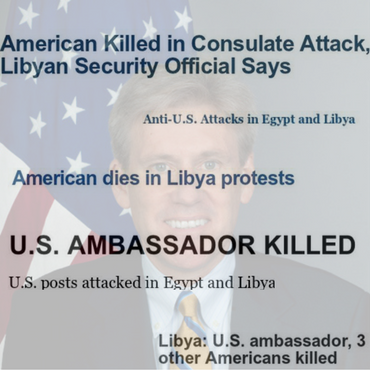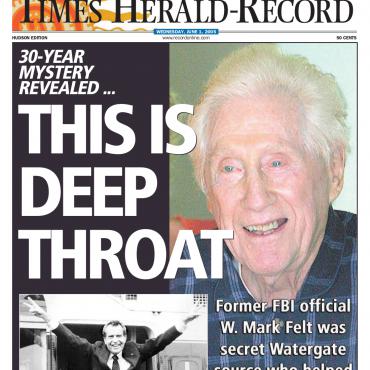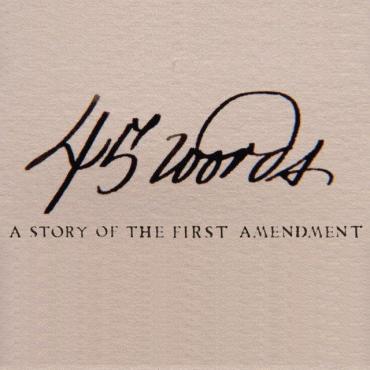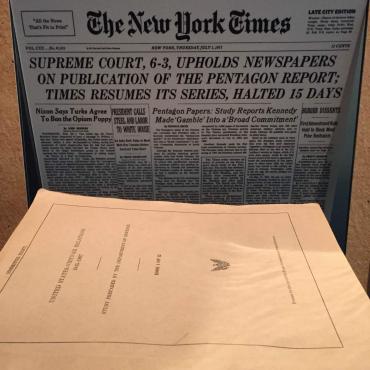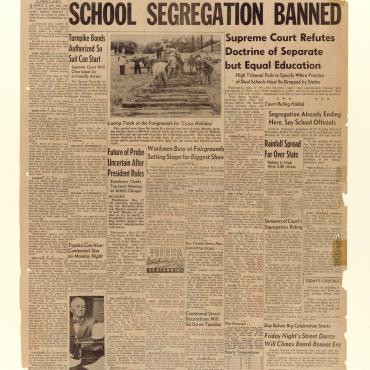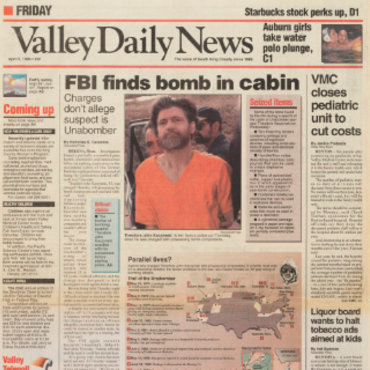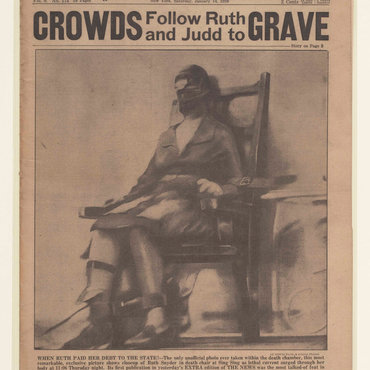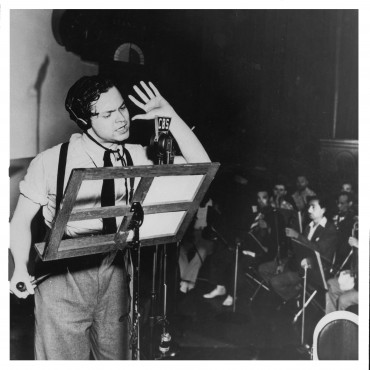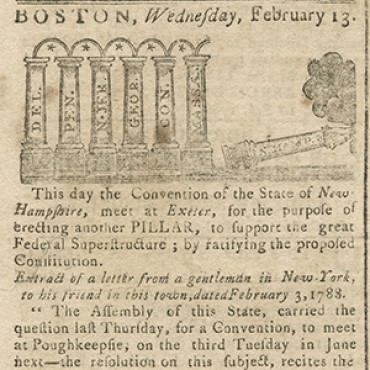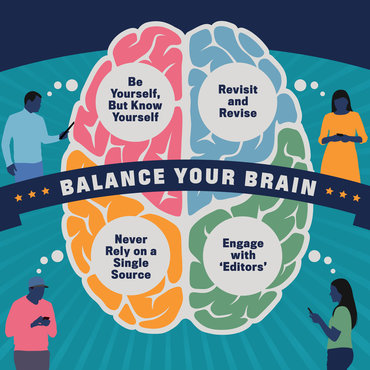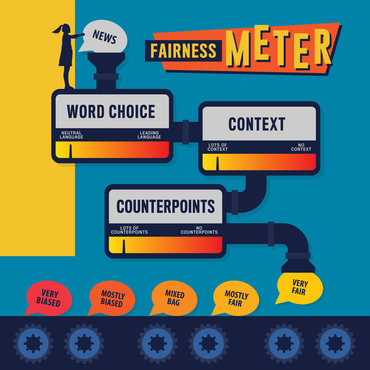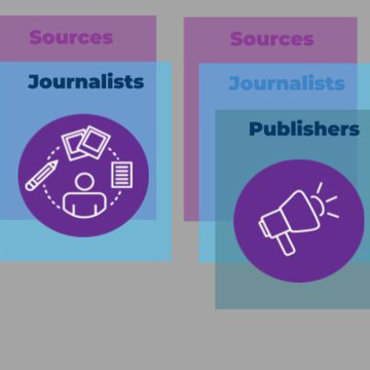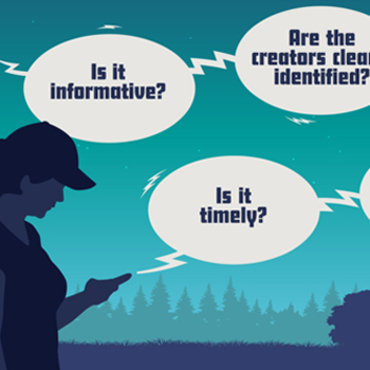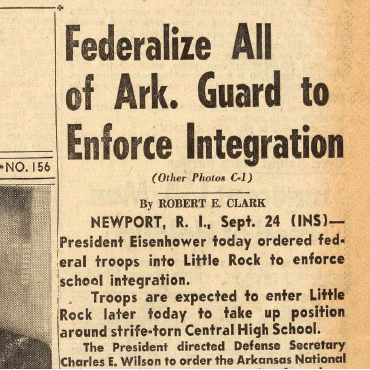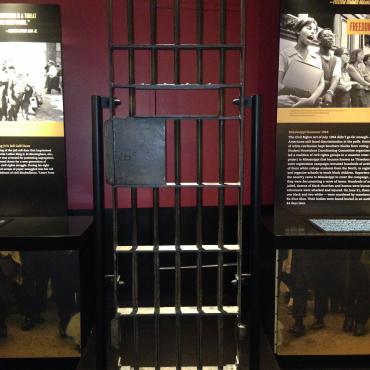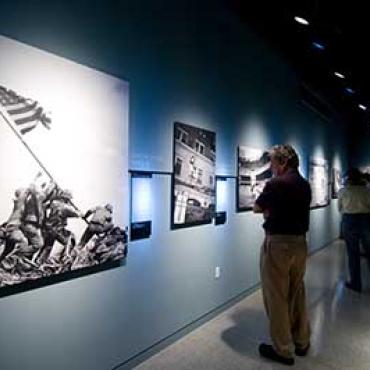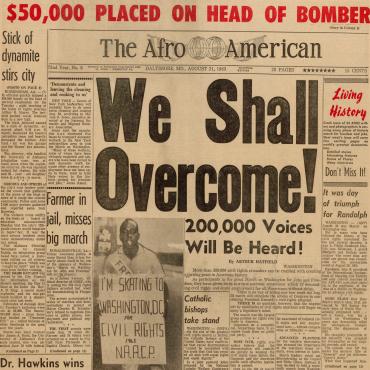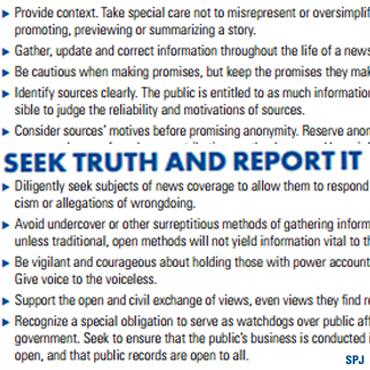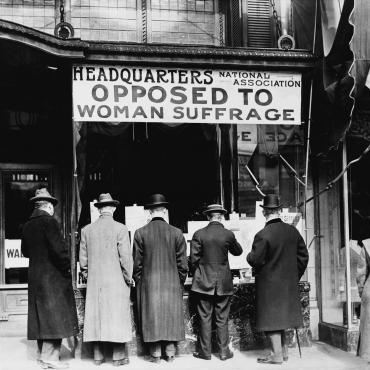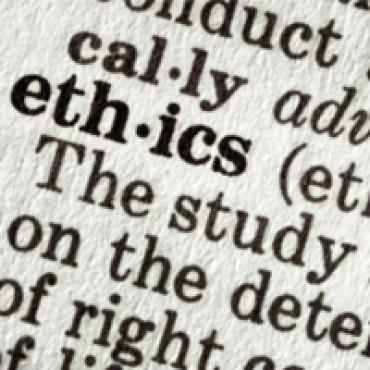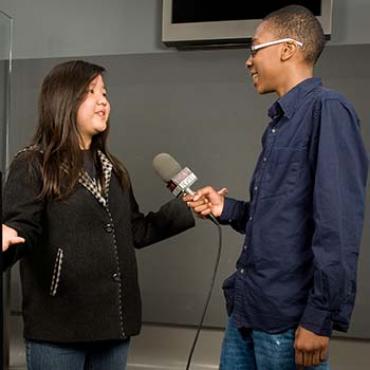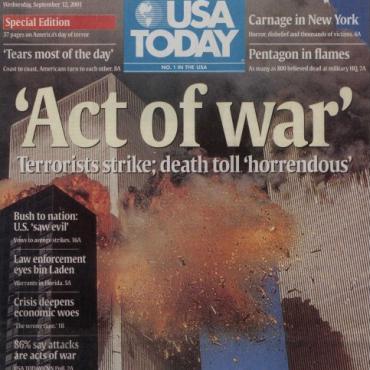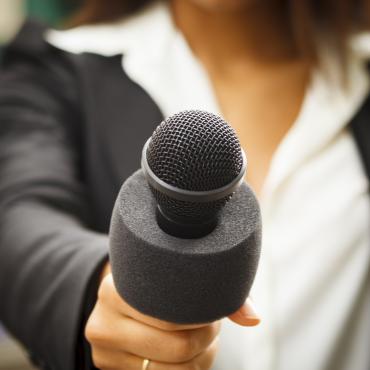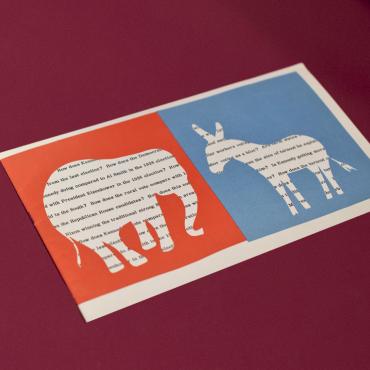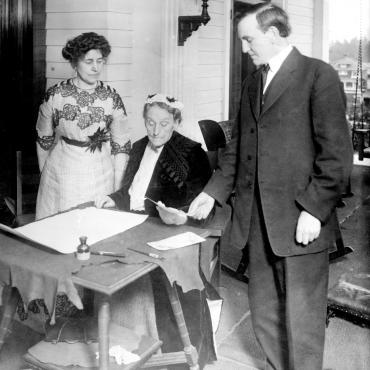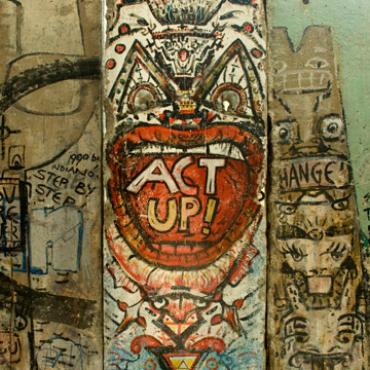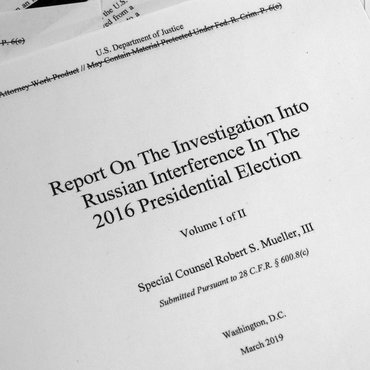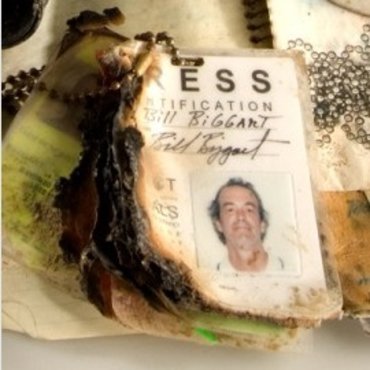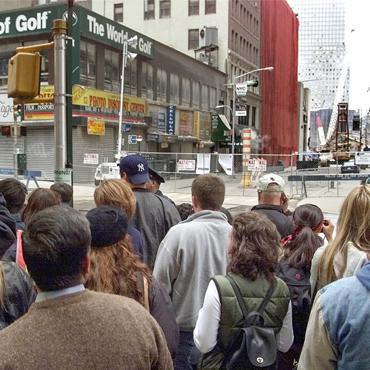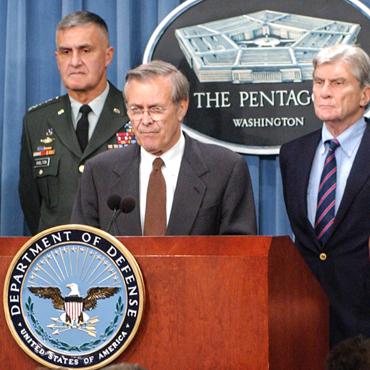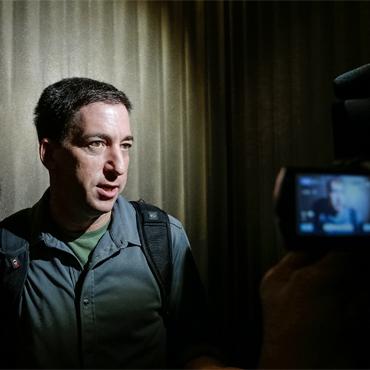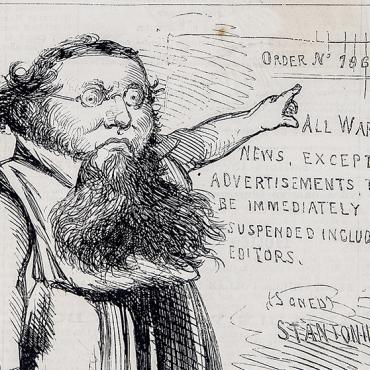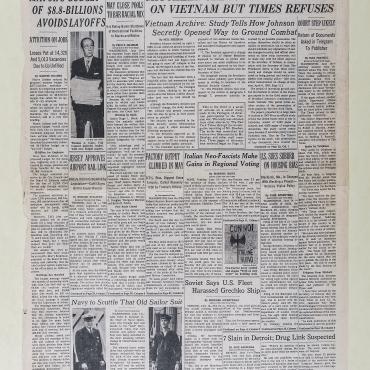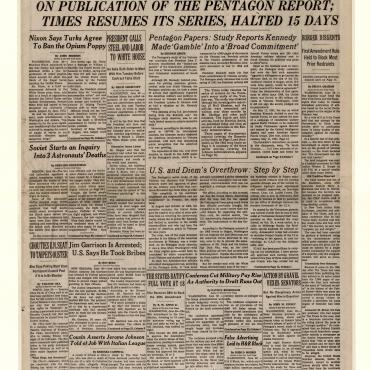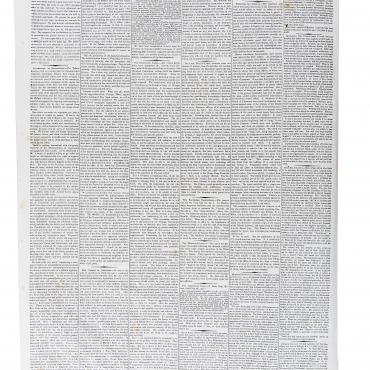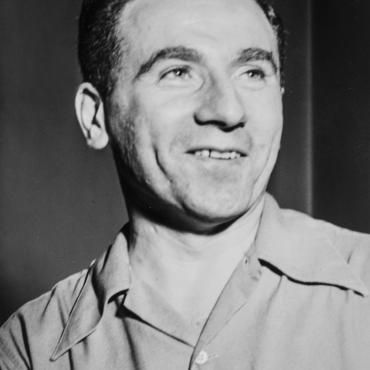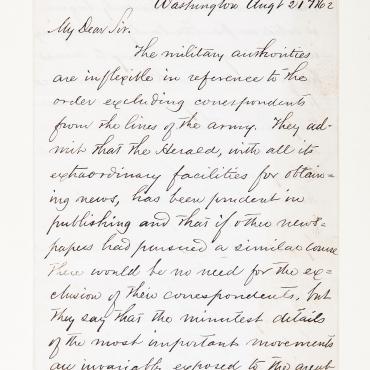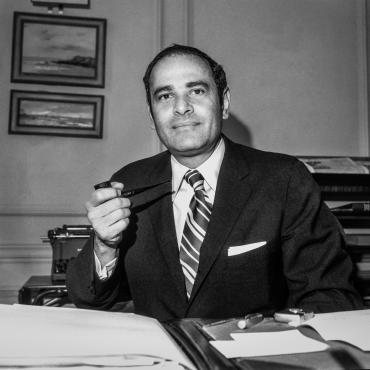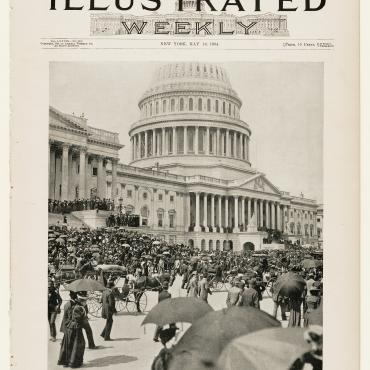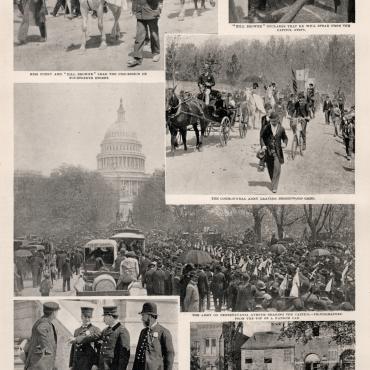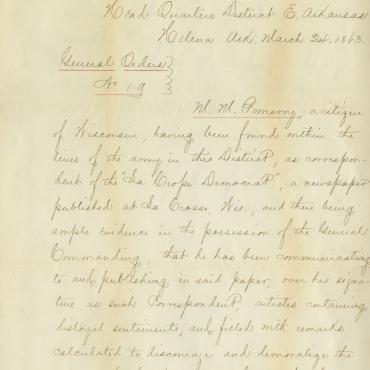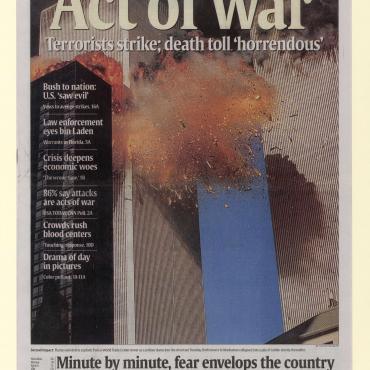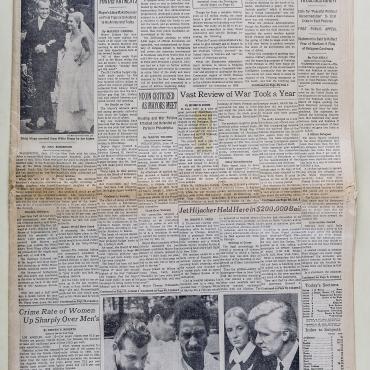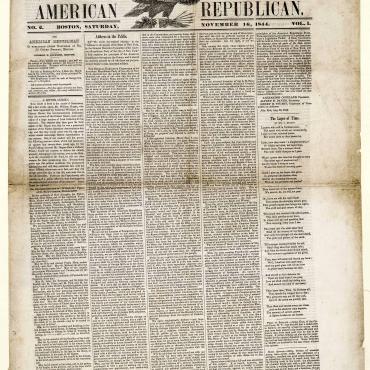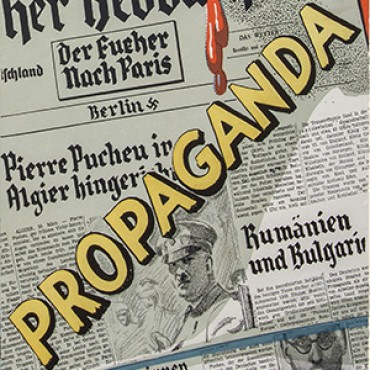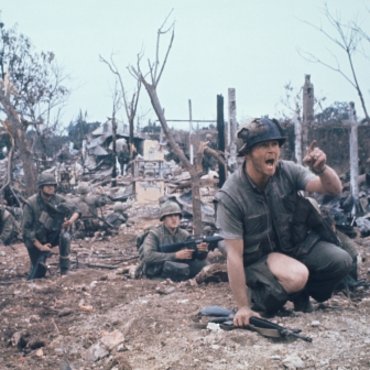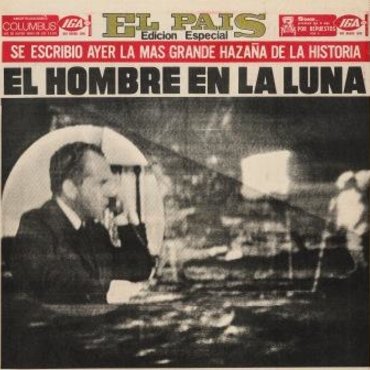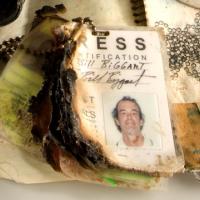
'Running Toward Danger' Video Lesson
Six journalists give first-person accounts of their courageous coverage on the terrorist attacks in 2001 on the twin towers in New York’s World Trade Center.
Get even more great free content!
This content contains copyrighted material that requires a free NewseumED account.
Registration is fast, easy, and comes with 100% free access to our vast collection of videos, artifacts, interactive content, and more.
NewseumED is provided as a free educational resource and contains copyrighted material. Registration is required for full access. Signing up is simple and free.
With a free NewseumED account, you can:
- Watch timely and informative videos
- Access expertly crafted lesson plans
- Download an array of classroom resources
- and much more!
- Journalism
- National Security
- 9-12
- College/University
Videos are provided by NewseumED as an educational resource and are not intended for download, republication, or sharing without permissions.
Note: This video contains graphic footage of the Sept. 11, 2001, World Trade Center attacks.
- Tell students: This video tells the story of Sept. 11, 2001, in New York City through primary source interviews and news footage. This footage includes graphic images of the events. Check for background knowledge by asking:
- What do you know about the events of Sept. 11, 2001?
- Why would journalists run toward danger?
- Explain that when covering breaking stories, journalists often endanger their own lives and sometimes find themselves at odds with emergency responders. However, students will see that journalists on that day, and throughout history, risked all in order to ensure that the public got news quickly about these world-changing events.
- Hand out copies of the viewing guide worksheet. Instruct students to look them over in advance and then take notes as they watch the video.
- Watch the video.
- Ask students to complete the post-viewing comprehension questions (in class or for homework).
- “Running Toward Danger” Video Lesson worksheet (download), one per student
- Internet connection to watch “Running Toward Danger” video
- 9/11 handout (download, optional)
Ask your students to explain the role of journalists in covering catastrophes. You may also wish to assign one or more of these questions as short essays for homework.
- Is it important that journalists immediately get to the scene of a disaster, even if it puts their lives in danger? Why or why not?
- What was going through the minds of these reporters as they attempted to cover this story? What were their personal concerns? What were their professional concerns?
- How much emotion should a professional TV reporter be allowed to show on air? How might his or her emotions affect the audience? What are the pros and cons of allowing his or her emotions to show?
- What special considerations should journalists consider when interviewing someone who is going through, or has just been through, a traumatic event?
- What is breaking news coverage good at doing? What are its weaknesses? As news consumers, what considerations should we keep in mind when viewing or reading breaking news reports?
- What drives reporters to take risks to cover dangerous situations? Do you think you could be a reporter in a situation like this?
- In the video, cameraman Martin Glembotzky talks about reporting on the individuals who’d lost loved ones in the 9/11 attacks. He says, “I found it really difficult to tell that story in light of what I had just been through and seen.” What lasting effects did 9/11 have on journalists after the day itself had passed?
- Ask students to imagine that they are a reporter a few blocks from the World Trade Center on 9/11. They have an opportunity to speak to a person who had just fled a collapsing tower, but they will not have much time to prepare. Give them 60 seconds to quickly list the questions they would ask that person. Announce every five seconds that pass. (You may also want to distract them by playing a noisy CD or loud television channel while they work.) When time is up, tell them to stop writing. Share and compare questions. Which questions might yield useful information? Which questions are not very good? Could they have thought of better/more questions without the time pressure or distractions? Discuss the difficulty reporters have conducting an interview with emotional pressure and no time to think. Repeat the activity with different scenarios (e.g., a tornado just swept past the school, etc.).
- In situations like 9/11, journalists and emergency responders sometimes seem at odds, even as each tries to serve the public. Write a policy that sets forth how the two groups should work together in these types of situations. What should journalists be able to do, and what should be off-limits? Your policy should consider both the journalists’ safety and the public’s need to know about important breaking news.
- The Dart Center is a journalist training resource “dedicated to informed, innovative and ethical news reporting on violence, conflict and tragedy.” Read one of the stories that won a Dart Center Award for Excellence in Coverage of Trauma (found here: http://dartcenter.org/awards). Write a short essay after reading the story that addresses these questions: What story did the journalist cover? Why is this considered a “trauma” story? Is the journalist sensitive to the topic? To the people interviewed? (Cite examples.) Do you think this a good example of coverage of trauma? Why or why not?
- What happens when a traumatic event happens in a place where there is no freedom of the press? Research the 2008 earthquake in Sichuan Province, China, and how information about what had happened spread within China and around the globe. Make a chart that compares and contrasts the flow of information in the country and beyond. In one column, write the information that people living in China had, including how and when they got it. In a second column, write the information the people living outside of China had, including how and when they got it.
- How did the story of 9/11 develop in the week after the event? Make a timeline that shows what and when new information came to light after the attacks.
- Interview three people about their memories of 9/11. Write five questions to ask all of your interview subjects, and be sure to include at least one question about where your subjects got news about what was happening.
- Visit the Newseum’s online gallery of 9/11 front pages at http://www.newseum.org/todaysfrontpages/?tfp_display=archive-summary. Choose the five front pages that stand out to you and prepare a presentation for your classmates. Show them each of the pages you chose, and explain why you found these pages interesting, moving or powerful.
-
Common Core State Standards: CCSS.ELA-LITERACY.CCRA.SL.2
Integrate and evaluate information presented in diverse media and formats, including visually, quantitatively, and orally.
-
National Center for History in the Schools: NCHS.US History.Era 10
Standard 1: Recent developments in foreign policy and domestic politics Standard 2: Economic, social, and cultural developments in contemporary United States
-
Center for Civic Education: CCE.V
A. What is citizenship? B. What are the rights of citizens? C. What are the responsibilities of citizens? D. What civic dispositions or traits of private and public character are important to the preservation and improvement of American constitutional democracy? E. How can citizens take part in civic life?
